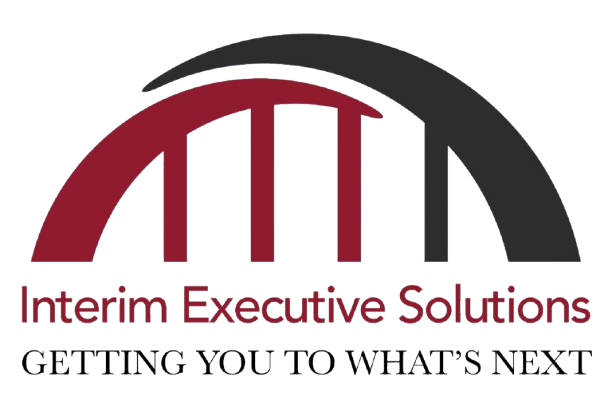Nonprofit 411: Using Board and Staff Surveys to Drive Continuous Improvement
By Davis Harris, Interim Executive Solutions
Representing all voices, and hearing from all voices, are not the same thing. Nonprofits have become acutely aware of the need to bring diversity to the staff and to the board, but that does not necessarily mean they are hearing diverse perspectives. Organizations function best when all perspectives are considered but there is often too little time or opportunity in board meetings, staff meetings or even 1-1 conversations to explore differences based on background, lived experiences, or vision for the future. Not only can well-crafted board and staff surveys allow voices to be heard, but they can also highlight common areas of concern and opportunity that can lead to meaningful change.
One recent board survey surfaced the issue that a board was expecting its long-time ED to retire in the near future and many of the board members were expecting a particular director to succeed him. When the results were shared, the board was informed that the director had other plans in mind which prompted the need to develop a new succession plan. In another example, a staff survey surfaced concerns that staff were unsure about the finances of the organization and also felt they did not have all the information they needed to do their jobs. This indicated the need for more open and frequent communications between leadership and the staff.
What gets measured gets done, and a survey every couple of years is a great way to measure progress at both the staff and board level and highlight the priority areas on which to focus. Surveys can help assess whether the work being done is building an organization with a clear vision and if it has the personnel, processes, knowledge, resources, commitment and collaboration required to achieve that vision sustainably.
Staff surveys might include such issues as how decisions are made and how effective they are, the clarity of roles and responsibilities, adequate access to information, training and feedback, perceptions of fairness, equity, diversity and inclusion as well as leadership and culture.
Board surveys often cover two topics areas:
- How the board oversees and supports the organization: Mission, vision and strategic planning; CEO selection and evaluation; Ensuring adequate financial resources; Overseeing and monitoring financial performance and operating policies; Providing expertise as needed; and Building the reputation of the organization.
- The board’s own governance: size, structure and committees, composition, leadership, processes (such as meetings), recruitment, orientation and fund-raising.
There are many sources for such surveys, some of which can be taken online and will tabulate the results for a small fee. The value of using an off-the-shelf survey is that it is easier to measure quantifiable progress from survey to survey. That said, it is most often the comments that provide the insights, and it may be better to design a survey around issues that seem particularly prescient and then implement the survey in a tool like Survey Monkey. To ensure the most responses, set short deadlines, send frequent reminders, and have a single person (who commits to individual confidentiality) responsible for collecting and collating results.
Finally, share the aggregated information no matter what it says, and be prepared to act on the results. Failure to do so will reverse the value of soliciting and hearing all voices and perspectives.
